1. Girls Couldn’t Handle Math or Science

For years, classrooms taught young girls that their brains just weren’t wired for math or science. Teachers, textbooks, and even some so-called experts insisted boys were naturally better at logic and reasoning, while girls should focus on reading, sewing, and being “ladylike.” If a girl showed interest in science, she was often steered toward nursing or teaching instead of engineering or chemistry. And heaven forbid a girl wanted to be an astronaut—many were told to “be realistic” and dream smaller shares the New York Times.
Looking back, it’s hard not to feel frustrated for all the bright minds that were dismissed before they even had a chance. Thankfully, times have changed, but for decades, this belief stifled a lot of potential. It’s especially wild when you think of all the amazing female scientists and mathematicians who proved this idea wrong. Schools weren’t just reflecting the culture, they were helping shape it—and not always in a good way adds Psychology Today.
2. Bloodletting Was a Great Cure
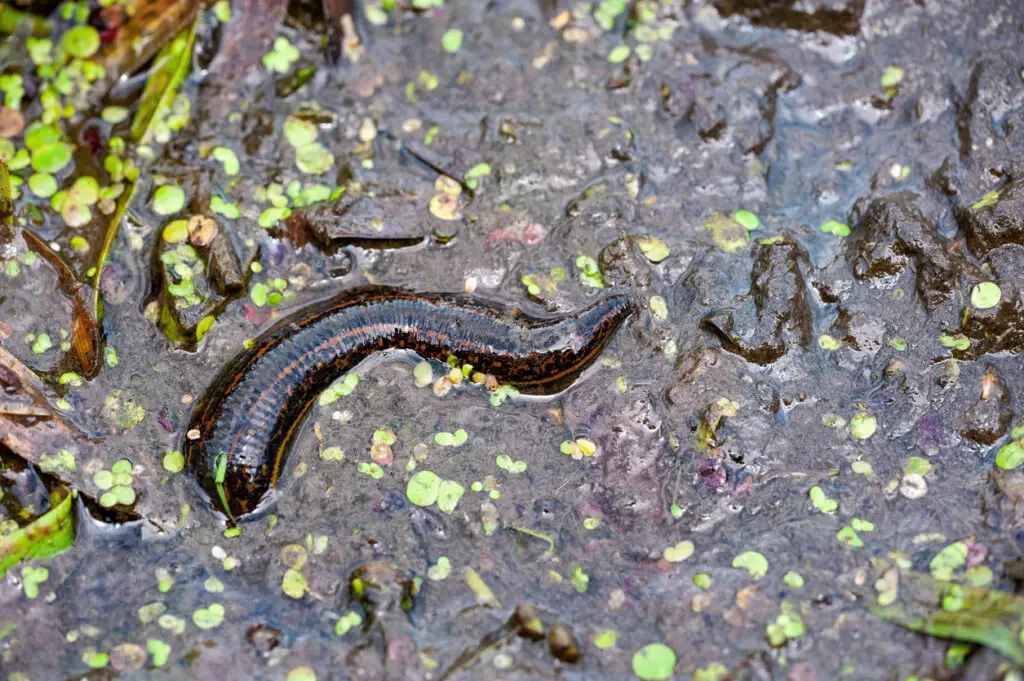
Believe it or not, schools used to teach that draining blood from your body could cure everything from a sore throat to a fever. The idea was that your body had four “humors”—blood, phlegm, black bile, and yellow bile—and if they got out of balance, bad things happened. So the solution? Just bleed a little and everything would even out says National Geographic.
Kids learned this in health lessons and history classes, and it was often spoken about like a logical and proven remedy. It’s wild to think students were tested on something that sounds more like medieval torture than medicine. They’d memorize charts about where to cut and how much blood to let out. Today, we know how dangerous and unhelpful that practice actually was. But back then, it was presented as cutting-edge science adds Britannica.
3. Mercury Could Heal You

In older science classrooms, teachers once praised mercury as a sort of magical cure-all. It was used to treat everything from constipation to syphilis, and some textbooks didn’t even warn about its dangers. In fact, students might even get to touch it during class experiments, letting the silvery liquid roll around their hands like a toy.
It wasn’t just accepted—it was admired. And this wasn’t ancient history either, some of this continued into the early 20th century. Eventually, we figured out that mercury is highly toxic and can cause severe neurological damage. But until then, schools kept teaching that it was good for the body. It’s unsettling to imagine how many kids learned that poison was medicine.
4. The Continents Never Moved

For a long time, students were taught that the continents had always been right where they are now. The idea of continental drift was mocked or dismissed, even though scientists like Alfred Wegener proposed the concept as early as 1912. Schools clung tightly to the belief that Earth’s geography was fixed and unchanging.
Teachers would draw maps and point out how the continents “fit together like puzzle pieces,” but then move on without questioning why. It wasn’t until the 1960s that plate tectonics became widely accepted, and science classes finally updated the lesson plans. Before that, any kid who thought Africa and South America once touched was told they were imagining things. It’s a good reminder that science is always evolving—even if the textbooks take their time catching up.
5. Slavery Wasn’t That Bad

In some American schools, especially in the South, history books used to describe slavery as a kind of “necessary evil”—or worse, as something that “benefited” enslaved people. These watered-down narratives glossed over the brutality, trauma, and dehumanization involved. Teachers often presented plantation life as orderly and peaceful, completely ignoring the horrors that went on behind closed doors.
Kids grew up thinking slavery was just part of the economy or a cultural tradition, rather than an inhumane system built on violence. It wasn’t just misleading—it was deeply harmful. These lessons shaped how generations understood race, power, and history. Thankfully, many schools have revised those materials, but the damage of that misinformation lingers.
6. Smoking Was Healthy

There was a time when schools actually discussed smoking as a stress reliever and something adults might do for their health. Textbooks included ads and charts showing doctors recommending cigarettes. Even some school nurses weren’t all that alarmed if a teen lit up during lunch break—it was practically a rite of passage.
It’s shocking to realize how normalized it was. Students might learn about tar and nicotine, but the dangers weren’t emphasized until much later. Some kids even did science projects comparing cigarette brands. It wasn’t until the 1980s and 1990s that schools took a hard stance on tobacco. Before that, classrooms sometimes unintentionally acted like free promo for Big Tobacco.
7. Dinosaurs Were Slow and Dumb
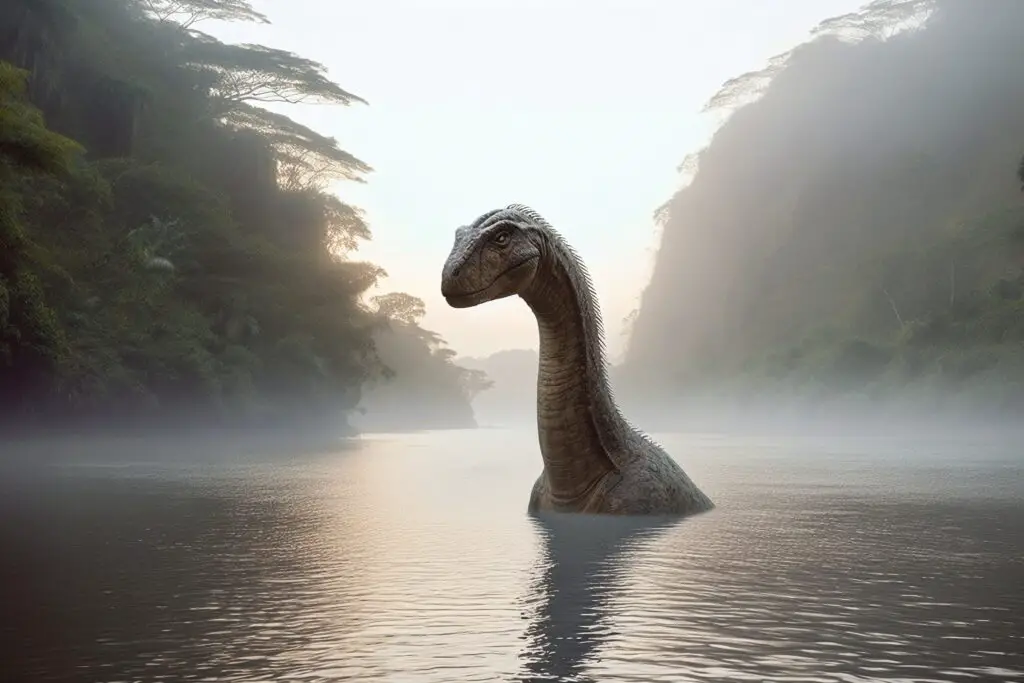
In the early to mid-20th century, textbooks described dinosaurs as sluggish, cold-blooded lizards that lumbered around until they died off. Kids were told they weren’t very smart and couldn’t move quickly, which made them sound more like prehistoric cows than terrifying beasts. This version of dinosaurs persisted for decades.
It wasn’t until paleontology really advanced in the 1980s that we started understanding them as fast, agile, and sometimes even feathered creatures. Imagine being a kid who loved dinosaurs, only to be told they were boring and stupid. Today’s dino facts are way cooler, but for a long time, schools missed the mark. They painted a picture that was more cartoon than science.
8. The Food Pyramid Was Perfect
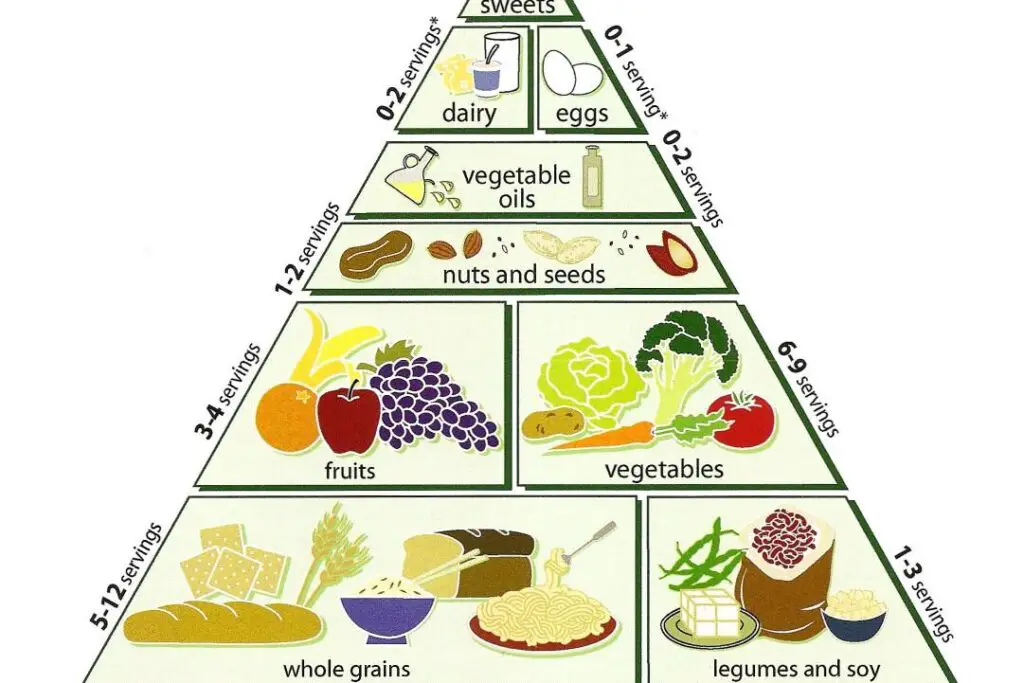
Remember that old food pyramid with bread and pasta stacked proudly at the bottom? For years, kids were taught that carbs should be the base of every healthy diet. Meat and dairy were essential, and fats were nearly villainized. Every lunch tray was built around this structure.
Turns out, the pyramid wasn’t exactly backed by solid science. It was heavily influenced by politics, agriculture, and food industry lobbying. Nutritionists now say it encouraged overeating and overlooked key aspects of balanced eating. But for generations of students, that triangle was gospel.
9. Left-Handedness Was a Problem

If you were left-handed in school back in the day, you probably got scolded, corrected, or even forced to switch hands. Teachers told kids it was wrong, unnatural, or a sign of bad behavior. Some schools made students write with their right hands only, even if it felt uncomfortable or slowed them down.
It sounds absurd now, but it was taken seriously at the time. Left-handed desks didn’t even exist in many classrooms. The push to “correct” handedness wasn’t just about penmanship—it was tangled up in old ideas about conformity and control. Thankfully, today’s students can just be themselves, southpaw or not.
10. Cold Air Makes You Sick
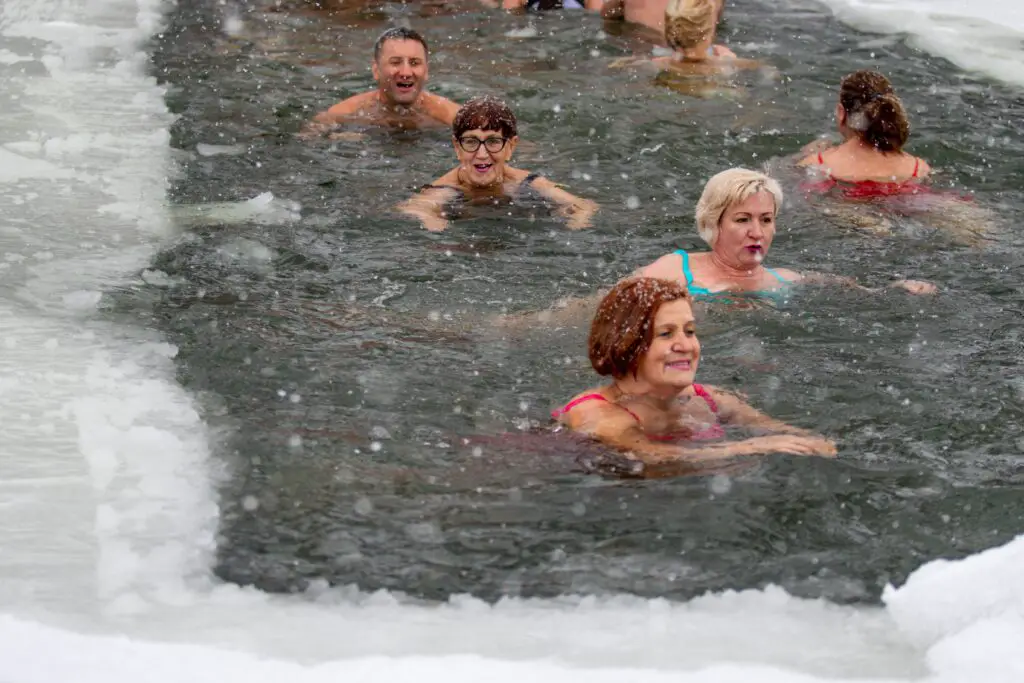
Teachers used to warn kids that if they went outside with wet hair or without a coat, they’d “catch a cold.” This idea was passed down like common sense, even though colds are caused by viruses, not temperature. It wasn’t uncommon for teachers to scold a student for forgetting gloves, then blame their runny nose on being chilly.
The belief was so widespread that science lessons didn’t even challenge it for years. Parents believed it too, so it wasn’t really questioned. Eventually, schools started teaching about germs and viruses, but that took time. Meanwhile, millions of kids sat bundled up in overheated classrooms, convinced that a breeze could bring doom.
11. Columbus Discovered America
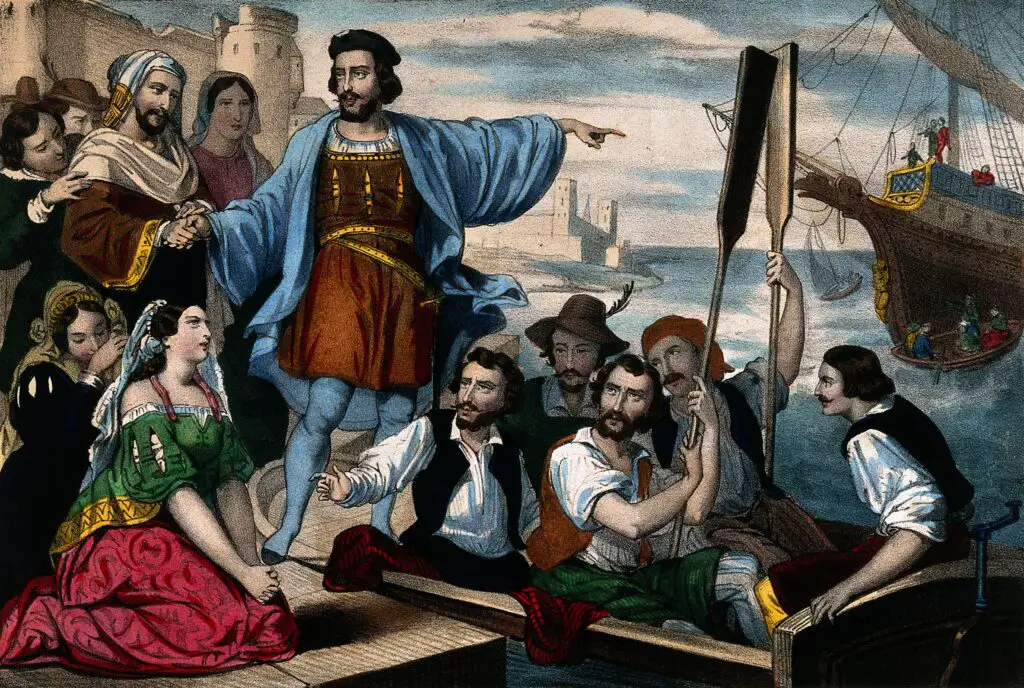
For generations, the story went like this: Christopher Columbus bravely sailed across the ocean and “discovered” America in 1492. That version left out, well, almost everything. Kids weren’t told about the Indigenous peoples who were already living here, or the brutal way Columbus treated them once he arrived.
Classrooms celebrated Columbus Day with coloring sheets and songs, without a hint of the darker side of history. It wasn’t until recent decades that schools started telling a fuller story. Even then, some curriculums still soften the truth. But many students grew up with a version of history that was more myth than fact.
12. Bats Are Blind
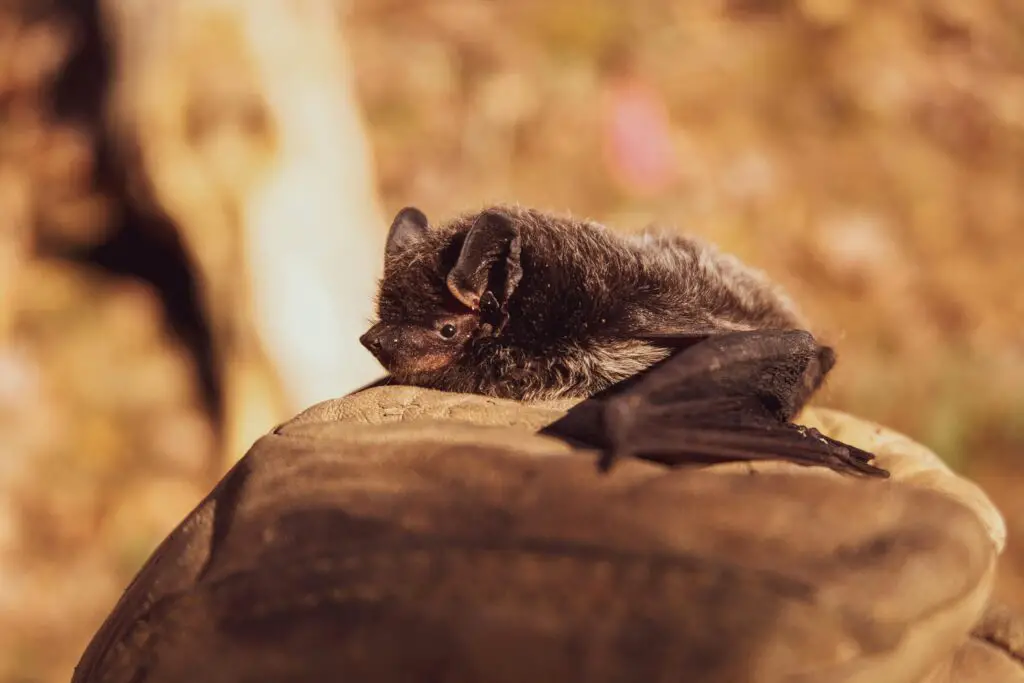
In science class, it was once common to hear that bats were completely blind and flew around using “super hearing” alone. This idea made its way into textbooks, cartoons, and casual conversation for years. Students were told that bats were eerie, blind creatures that couldn’t see a thing.
In reality, bats can see just fine—some species even have excellent vision. They do use echolocation, but that doesn’t mean they’re blind. The myth stuck around for far too long, even though research proved it wrong ages ago. It’s a perfect example of how catchy phrases can become “facts” in a classroom setting.
13. The Tongue Has Taste Zones

Raise your hand if you learned that different parts of the tongue taste different flavors—sweet in the front, bitter in the back, salty on the sides. For a long time, science lessons included diagrams of the “tongue map” as if it were settled fact. Teachers had students do taste tests to confirm it.
Turns out, the tongue map was based on a misinterpretation of research from the early 1900s. In truth, all parts of the tongue can taste all flavors to some degree. But the myth was so appealing and easy to teach, it lasted far longer than it should have. It’s still being corrected in some classrooms today.
14. Camels Store Water in Their Humps

Kids across the world grew up thinking camels were basically walking water bottles, thanks to this enduring myth. Textbooks and teachers would explain that camels stored water in their humps to survive long desert treks. It was such a neat, tidy idea that nobody questioned it.
But camels actually store fat in their humps, not water. Their bodies are just incredibly efficient at conserving water in other ways. Still, this “fact” was treated like common knowledge for years. It’s one of those school-taught ideas that sounded right, so no one dug deeper—until science finally did.
